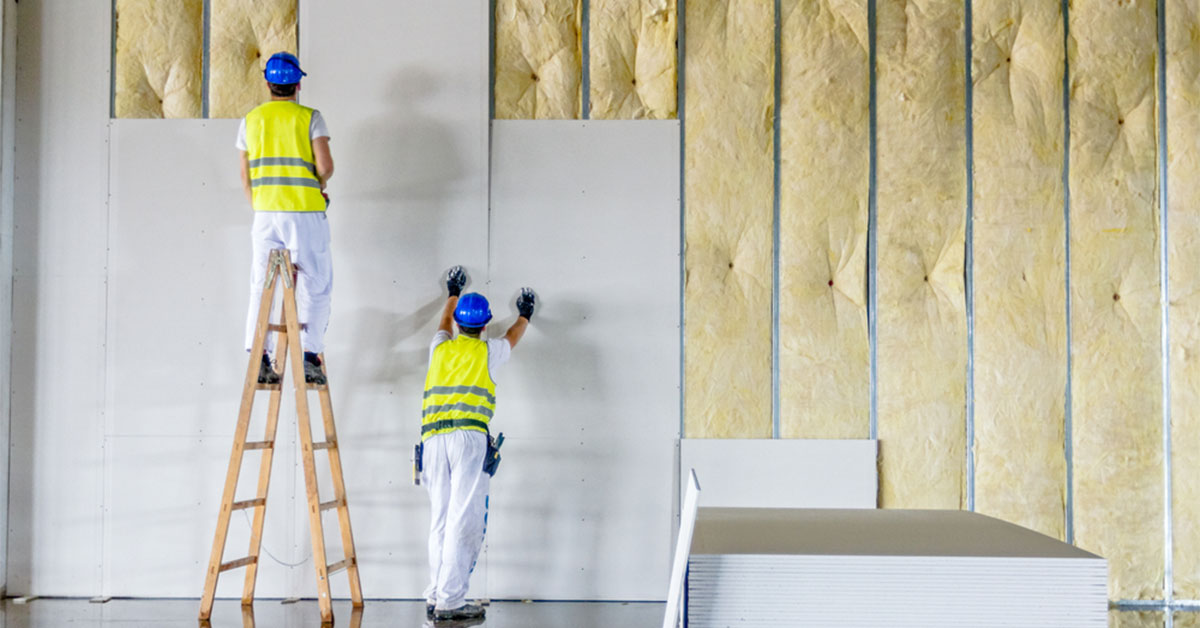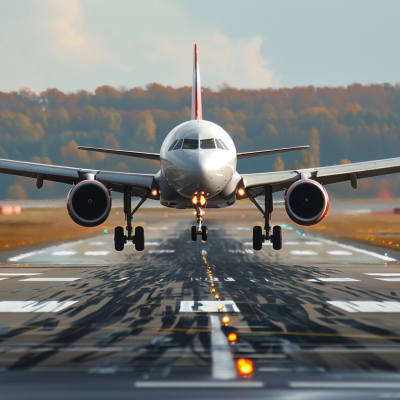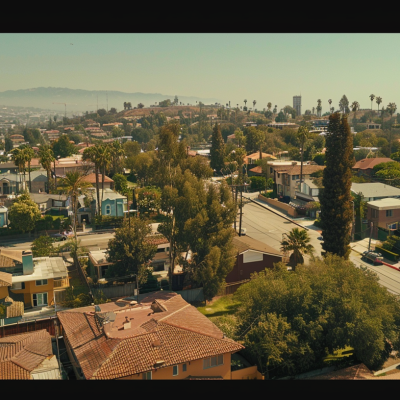Drywall is a building material primarily used in the form of interior walls and ceilings or residential and commercial spaces. These materials are so popular and in trend for interiors because of their finished look and other features. Moreover, the cost of drywall installation is not too high, making it affordable for every class of people.
Also, drywall is lightweight and easy to cut; thus, it is easy to use for ceiling installation. Also, it is easy to find in the local store. All in all, it is super handy and gives the best results. Moreover, the expected cost of drywall installation can reach around $400 and $1200, but it depends on several factors that you will get to know in this article below. But if you have a strict budget, don’t worry; your work will also be done for that amount.
However, you will have to cut short some of the things. In this guide, you will get all the necessary details. Roll up your sleeves and get started after knowing all the important details.
What is Drywall?
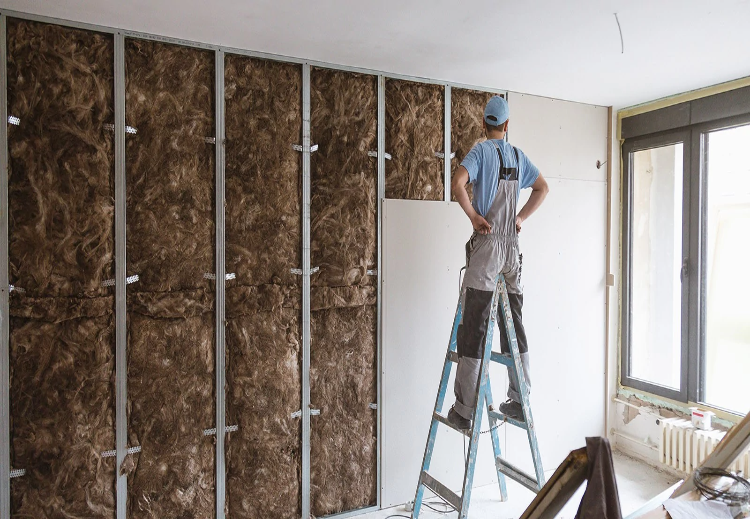
Drywall is used for ceilings, commonly known as ceiling drywall or gypsum ceiling board, and plays a crucial role in modern residential construction, offering several benefits for homeowners. Unlike traditional plaster ceilings, drywall is lightweight, and the drywall installation costs quite less.
They are easy to install, reducing construction time and labor costs. The smooth and even surface provided by drywall ensures a seamless finish, creating an aesthetically pleasing look for the interior spaces. Additionally, ceiling drywall enhances the acoustics within the house, absorbing and reducing noise transmission between floors. Its fire-resistant properties add an extra layer of safety to the home.
Moreover, with the availability of moisture-resistant and mold-resistant variants, drywall is an excellent choice for areas susceptible to humidity, such as bathrooms and kitchens. Overall, drywall used for ceilings not only offers practical advantages in terms of cost and efficiency but also contributes to creating a comfortable and visually appealing living environment in the house.
Similar Post: 5 Easy Steps to Install Beadboard Ceiling Panels in Your Home
Different Types of Drywall and Their Cost of Installation
Drywall comes in various types, each designed to meet specific needs and requirements. Moreover, the cost of drywall installation depends on its type.
The most common types of drywall include:
1. Standard Drywall
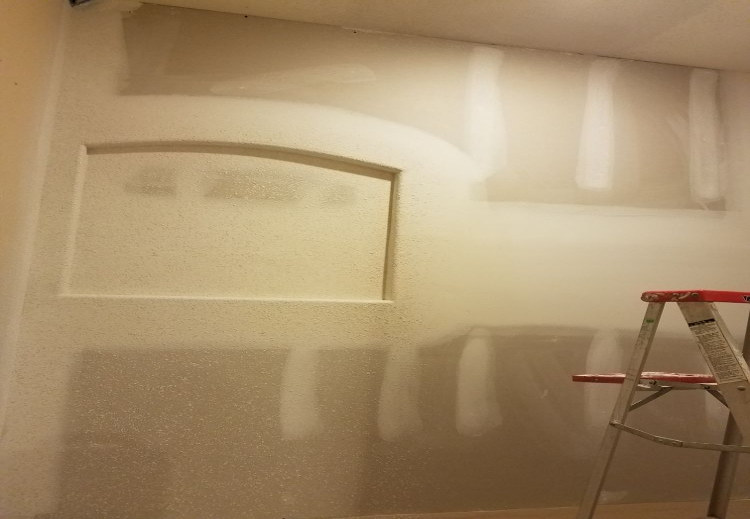
The standard drywall is also known as regular drywall or whiteboard. This is the most common type of drywall that is used for interior walls and ceilings in residential and commercial construction. Moreover, this type of drywall is used for most applications where moisture and fire resistance are not primary concerns. Also, the cost of drywall installation of this type is around $0.40 – $0.50 per square foot.
2. Moisture – Resistant Drywall (Green Board)
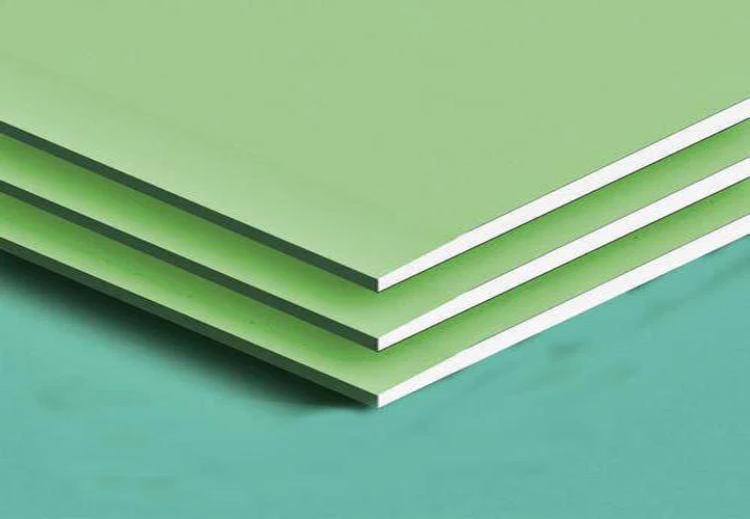
Moisture-resistant drywall is made with additives that provide improved resistance to moisture and humidity. It is commonly used in areas prone to moisture, such as bathrooms, kitchens, and basements. However, it is essential to note that this type of drywall is not waterproof, so it should not be used in direct contact with water. The cost of drywall installation of this type is slightly higher than the standard type because of its moisture resistance property. You can get this drywall around $0.55 – $0.70 per square foot.
3. Fire-resistant Drywall (Type X)
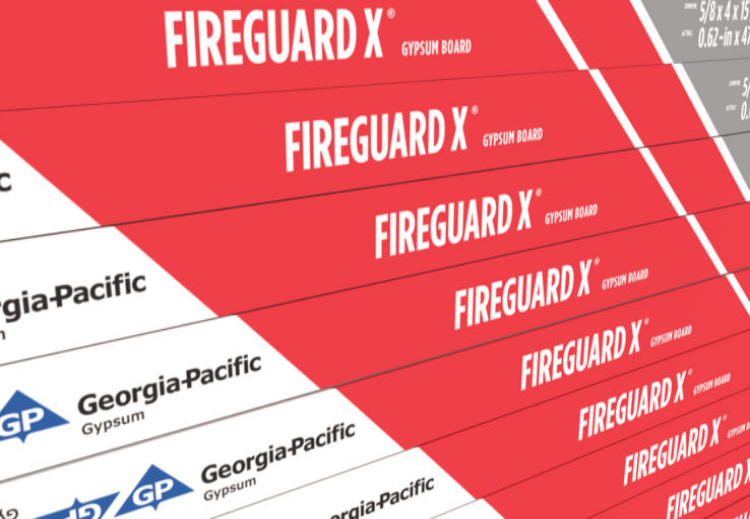
Fire-resistant drywall is specially formulated with additional glass fibers and other additives to enhance its fire-resistant properties. It is used in areas where fire protection is a significant concern, such as near furnaces, garages, and walls separating living spaces from garages. Type X drywall offers extended fire resistance, providing more time for occupants to evacuate in case of a fire. The estimated cost of drywall installation of this type can reach around $0.55 – $0.90 per square foot because of its properties.
Also Read: DIY Guide to Transform Your Fireplace with Peel and Stick Tiles
4. Soundproof Drywall
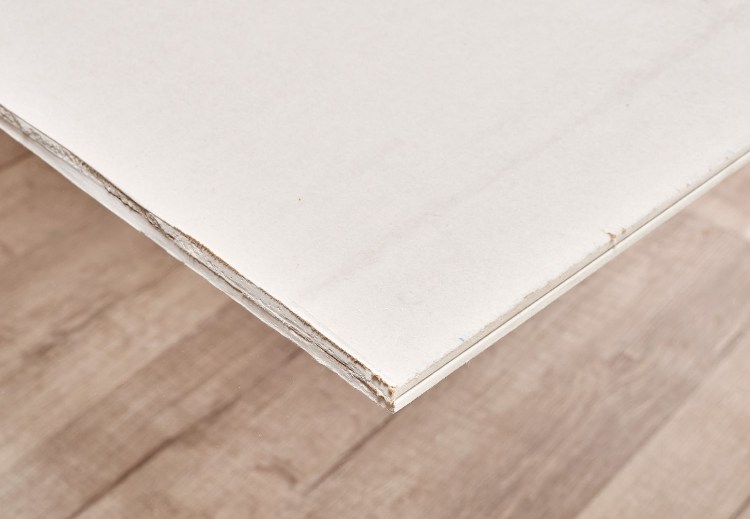
This drywall is also known as acoustic drywall. The soundproof drywall has this unique feature: a layer of viscoelastic materials that helps dampen sound vibrations. It is often used in home theaters, recording studios, and bedrooms to reduce noise transmission between rooms and provide a quieter environment. Moreover, the cost of drywall installation of soundproof drywall is the highest among all as the per square foot cost of this type is $1.85 – $3.00.
5. Mold-Resistant Drywall (Purple Board)
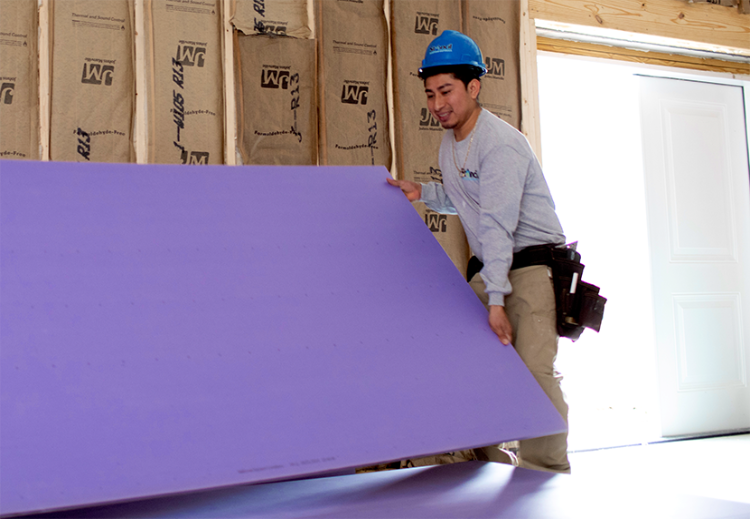
Mold-resistant drywall is coated with a special paper facing that provides additional protection against mold and mildew growth. It is commonly used in areas with high humidity or potential water exposure, such as bathrooms and basements. The cost of installation of this type of drywall is $0.65 – $0.75 per square foot, which is an average rate.
These are some basic drywall options that you can look for in the market. However, there are so many types that you can choose the type according to your need. Thus, it’s essential to choose the right type of drywall based on the specific requirements of the project. Each type has its distinct properties, so selecting the appropriate drywall will ensure the best performance and longevity for the intended application.
Varying Thickness of Drywall
The drywall installation cost depends on the drywall’s thickness as well. So we have mentioned below four drywall of different thicknesses and their cost per panel.
1. 1/4-inch (0.635 cm) Drywall
This is the thinnest available drywall option. It is typically used to cover existing walls or ceilings with limited space. However, it is not suitable for high-impact areas as it offers minimal structural support and is prone to damage. It costs you around $10 to $12 per panel. However, drywall installation of this much thickness is quite easy.
2. 3/8-inch (0.9525 cm) Drywall
Slightly thicker than 1/4-inch drywall, this type is still relatively thin and is used for curved walls or areas with limited space. Like the 1/4-inch drywall, it is not recommended for high-traffic or high-impact areas. This thickness drywall installation can cost you around $10 to $15 per panel, which is slightly higher than the previous one.
3. 1/2-inch (1.27 cm) Drywall
This is the most commonly used thickness for interior walls and ceilings in residential construction. It offers a good balance of strength and weight, making it suitable for most applications. This drywall installation can cost you around $10 to $20 per panel.
4. 5/8-inch (1.5875 cm) Drywall
This thicker option provides enhanced fire resistance and is often required in specific areas where fire-rated walls or ceilings are necessary, such as near furnaces, garages, and shared walls between living spaces. By far, the thickness of this drywall is the maximum, along with the fire-resistant and soundproof features, making the cost of drywall installation of this type the most expensive. It can cost you around $13 to $75 per panel.
The choice of drywall thickness will depend on the project’s specific requirements, including the structural needs, fire resistance, and acoustic properties desired.
Drywall Installation Process
1. Measuring and Cutting
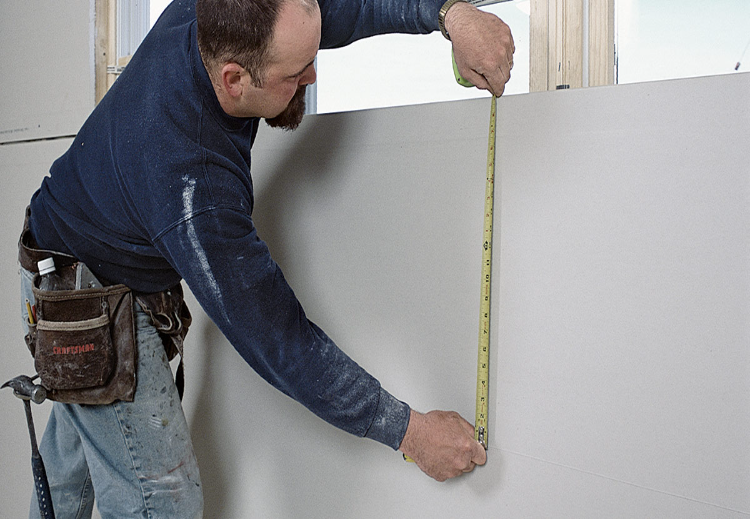
This is the basic step of any installation process. Moreover, accurate measurements ensure that the drywall sheets fit perfectly within the designated areas, reducing wastage and minimizing the need for adjustments during installation.
However, it is advised to use tape to measure the dimensions of the walls and ceilings carefully and keep in mind to record the openings like doors and windows. Once measurements are obtained, the drywall sheets are marked with reference lines using a chalk line to guide the cutting process.
2. Choose the Correct Drywall Type
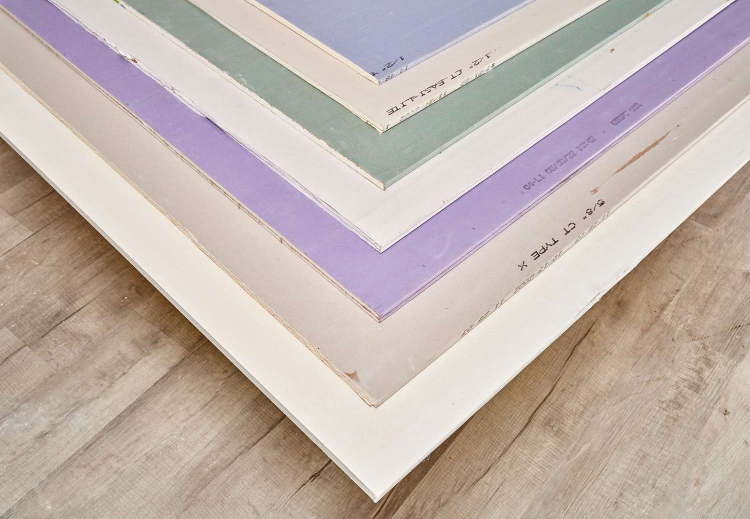
As mentioned above, so many types of drywall are used for the installation process. Also, the cost of drywall installation depends on the variety of materials as well. By carefully evaluating the project’s specific requirements and selecting the correct drywall type, homeowners and contractors can guarantee optimal performance and durability for the walls and ceilings.
This results in a safe, comfortable, and aesthetically pleasing living space. You should evaluate the price of each individual type of drywall so that you have an estimated expense in mind.
3. Accessibility

Accessibility is a key factor to consider in the process of drywall installation, especially when working on walls and ceilings in various spaces. Proper planning and organization are essential to navigate through challenging spaces, ensuring that the installation proceeds smoothly without compromising the quality of work.
A well-thought-out approach to accessibility will ultimately lead to a seamless and successful drywall installation, creating a polished and aesthetically pleasing finish throughout the interior spaces.
See More: Standard Shower Sizes – A Complete Guide for Homeowners
4. Finishing Touches
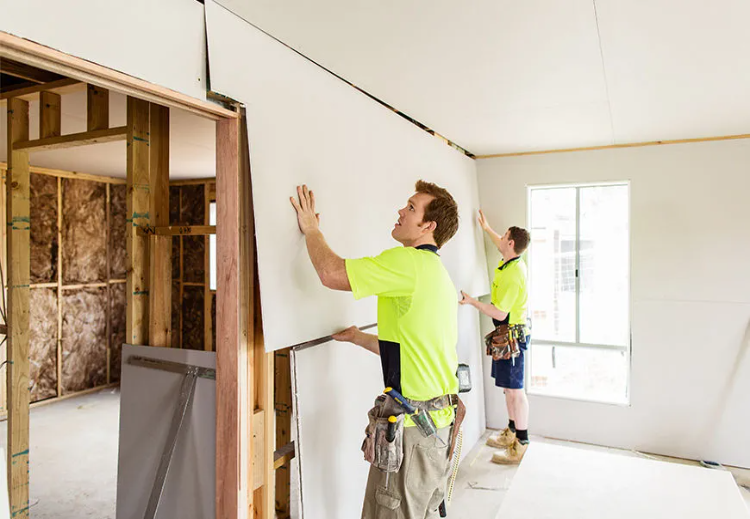
After the drywall sheets are securely in place on walls and ceilings, the next phase involves creating a smooth and seamless surface for painting or other finishes. Skilled drywall finishers carefully feather and blend the joint compound to achieve a flat and uniform surface. Once the compound dries, sanding is performed to achieve a flawless and smooth finish.
Depending on the desired final appearance, various texture options can be applied to the walls and ceilings. The final step involves priming and painting the drywall to achieve the desired color and look. These finishing touches are crucial in achieving a professional and polished appearance, transforming a raw drywall installation into a beautifully finished and inviting interior space.
5. Sanding
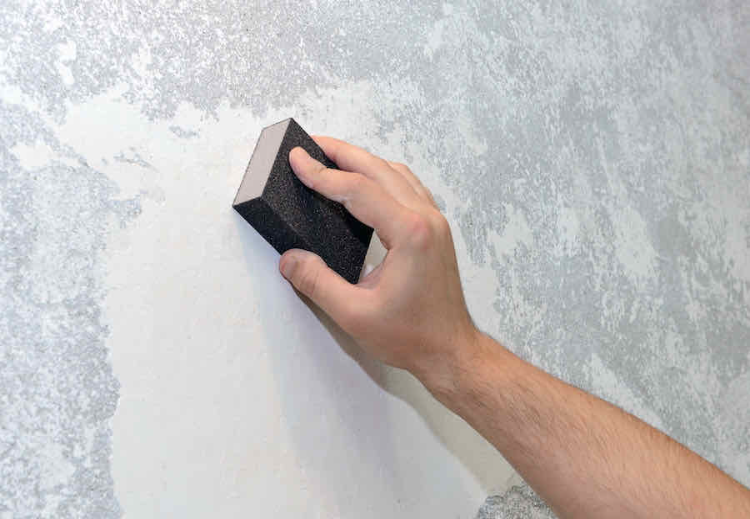
Once the joint compound is applied over the taped seams and screw/nail indentations, it is left to dry thoroughly. Sanding is then carried out to level the compound and create a seamless surface. Skilled craftsmen use sandpaper or sanding tools to gently smooth out any uneven areas or imperfections, ensuring that the joint compound blends seamlessly with the drywall panels.
The sanding process requires precision and attention to detail to avoid over-sanding or causing damage to the drywall surface. Proper sanding results in a pristine and even canvas, ready for painting, texture application, or other finishing touches. While sanding generates some dust, it is essential for achieving a professional and visually appealing appearance for the final drywall installation.
Cost and Considerations While Drywall Installation
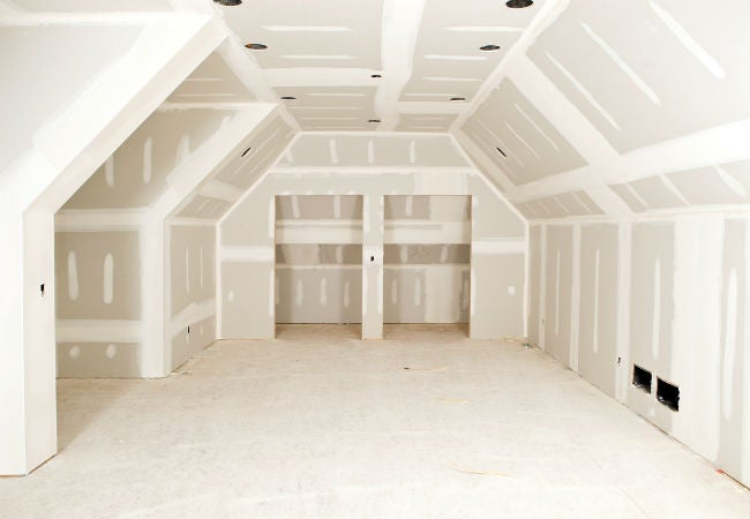
It is clear that panel type and size are the main factors determining the overall cost of drywall installation. However, some additional factors may increase the cost of your expenses.
1. Permits
Permits are not usually required in drywall installation as it is the interior project and the individual owner’s work. However, additional charges can be required when their drywall replacement is done and facilities like plumbing, electrical work, or load-bearing walls. Also, there can be certain restrictions or permits required in the locality. Thus, check with your contractor or local municipality to be sure about the permits.
2. Labor
Labor charges depend on the complexity of the project, the size of the area to be covered, and the experience of the professionals hired. A professional contractor will typically charge a per-square-foot or hourly rate of around $50 to 100 per hour for their services. Moreover, each part of the job is priced differently for different places. However, the estimated rates can be:
- Hanging Drywall: $0.15 to $0.65 per square foot.
- Taping and Mudding: $0.40 to $0.70 per square foot.
- Sanding and Priming: $0.10 to $0.70 per square foot.
- Finishing: $0.50 to $1.15 per square foot.
3. Dimensions of The Room
The room’s height and shape also determine the drywall installation cost. This is similar to the building of a room. A simple structure requires less labor and lesser investment. On the other hand, tall rooms, rounded corners, or complex architecture may require additional cuttings and labor along with larger investments. However, if any scaffolding is needed at the time of repair, you will have to pay an extra amount of $0.40 to $0.75 per square foot.
Related: Top 9 Brick Fire Pit DIY Designs for Your Backyard
4. Removal and Disposal
Removal and disposal of old drywall can indeed increase the overall cost of a drywall installation project. When renovating or remodeling, the presence of existing drywall that needs to be removed before installing new panels adds additional labor and time to the project. Proper removal requires skilled workers to avoid damaging surrounding structures and to ensure a clean surface for the new installation. This process can cost you around $0.70 to $1.60 per square foot.
Conclusion
Drywall installation is a basic part of the construction process for interior spaces and commercial places as well. However, the basic cost of drywall installation is around $1,500, and sometimes it can be more because of some additional factors. This whole installation process is value for money and has various features like versatility, cost-effectiveness, and fire-resistant properties.
Therefore, this is a popular choice among homeowners. However, you need to remember that it is necessary to account for the labor costs and the type of drywall used, as that may affect the overall cost.
By understanding these factors, you can make informed decisions and ensure a successful and aesthetically pleasing drywall installation for your project.
Frequently Asked Questions
Does the Cost of Drywall Installation Vary Based on The Type of Drywall Used?
Yes, the cost of drywall installation can vary based on the type of drywall selected. Standard drywall is typically the most affordable option, while specialty types like moisture-resistant, fire-resistant, or soundproof drywall may cost more due to their added features and benefits.
Is the Cost of Drywall Installation affected by The Size and Accessibility of The Project Area?
Yes, the size and accessibility of the project area can impact the cost of drywall installation. Larger spaces require more materials and labor, while difficult-to-reach areas may require additional effort and equipment, potentially affecting the overall cost.
Can I Save Money on Drywall Installation by Doing It Myself?
While DIY installation can potentially save on labor costs, it’s important to consider that drywall installation requires skill and precision. Mistakes can lead to additional expenses for repairs or reinstallation. Hiring a professional contractor ensures a high-quality result and may save you money in the long run.
Check This Next: Basement Egress Window: Cost, Installation, and Types


